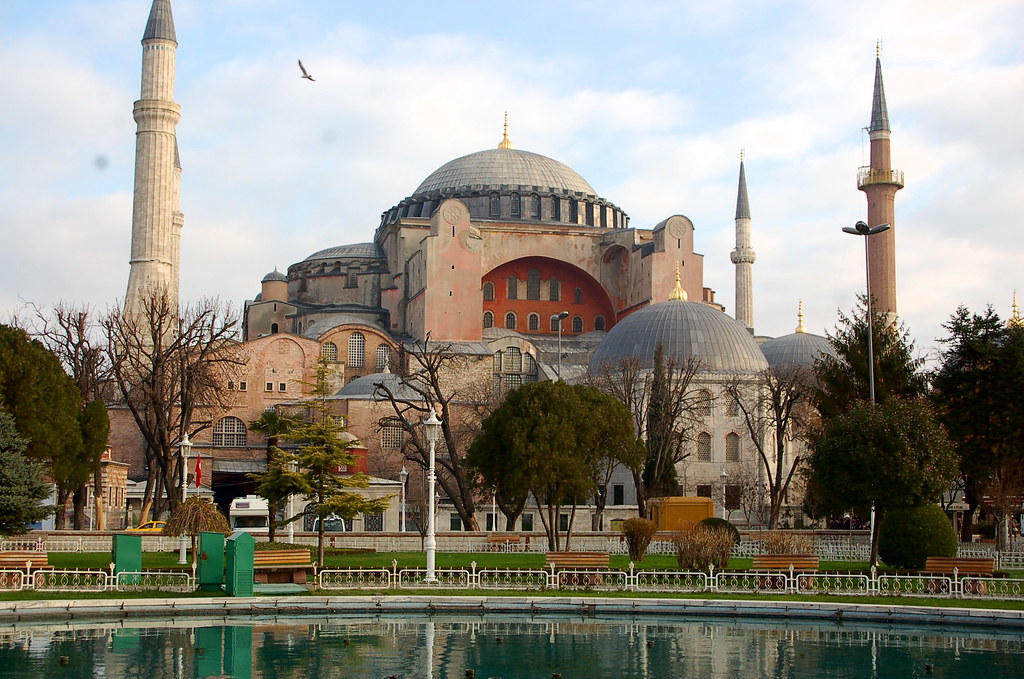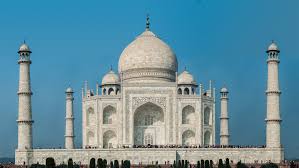Asian Empires Study Guide
1/22
There's no tags or description
Looks like no tags are added yet.
Name | Mastery | Learn | Test | Matching | Spaced |
|---|
No study sessions yet.
23 Terms
A historical empire that started as a nomadic group of Turkish Muslims and eventually became a significant political and economic power.
Ottoman Empire
Geographic location of the Ottoman Empire's origin
Asia Minor, which is largely present-day Turkey.
City located at the crossroads of trade, which was later renamed Istanbul after its conquest by the Ottomans.
Constantinople
The two seas located around Constantinople.
Black Sea and Mediterranean Sea
The most famous building in Constantinople, originally built as an Eastern Orthodox church.
Hagia Sophia

The Sultan who conquered Constantinople in 1453.
Sultan Mehmed II
The empire from which Constantinople was conquered.
Byzantine Empire
Islam's role in the Ottoman Empire
Islam acted as a unifying force within the empire.
Famous architect known for building many mosques and religious complexes for the Ottomans.
Mimar Sinan
The intricate writing the Ottomans were famous for.
Calligraphy
An empire in India descended from the Mongols, primarily Islamic.
Mughal Empire
A famous building constructed by the Mughals in India.
Taj Mahal

The dynasty that controlled China during the time of limited trade with Europeans.
Qing Dynasty
The ruling military leader in Japan.
Shogun
An economic practice where European colonial powers attempted to become self-sufficient.
Mercantilism
Goods traded out of a country.
Exports
Goods traded into a country.
Imports
A significant economic change that involved new practices such as mercantilism and capitalism.
Commercial Revolution
A consequence of the Commercial Revolution.
Destruction of Native American cultures
Key products traded from Africa
Ivory, Gold, Slaves, and raw materials.
The main location of the Mughal Empire.
North India
Trade Geography of China
Isolated by the Himalayan Mountains and Gobi Desert.
A policy adopted to limit foreign influences, similar to China's approach.
Policy of Isolation in Japan